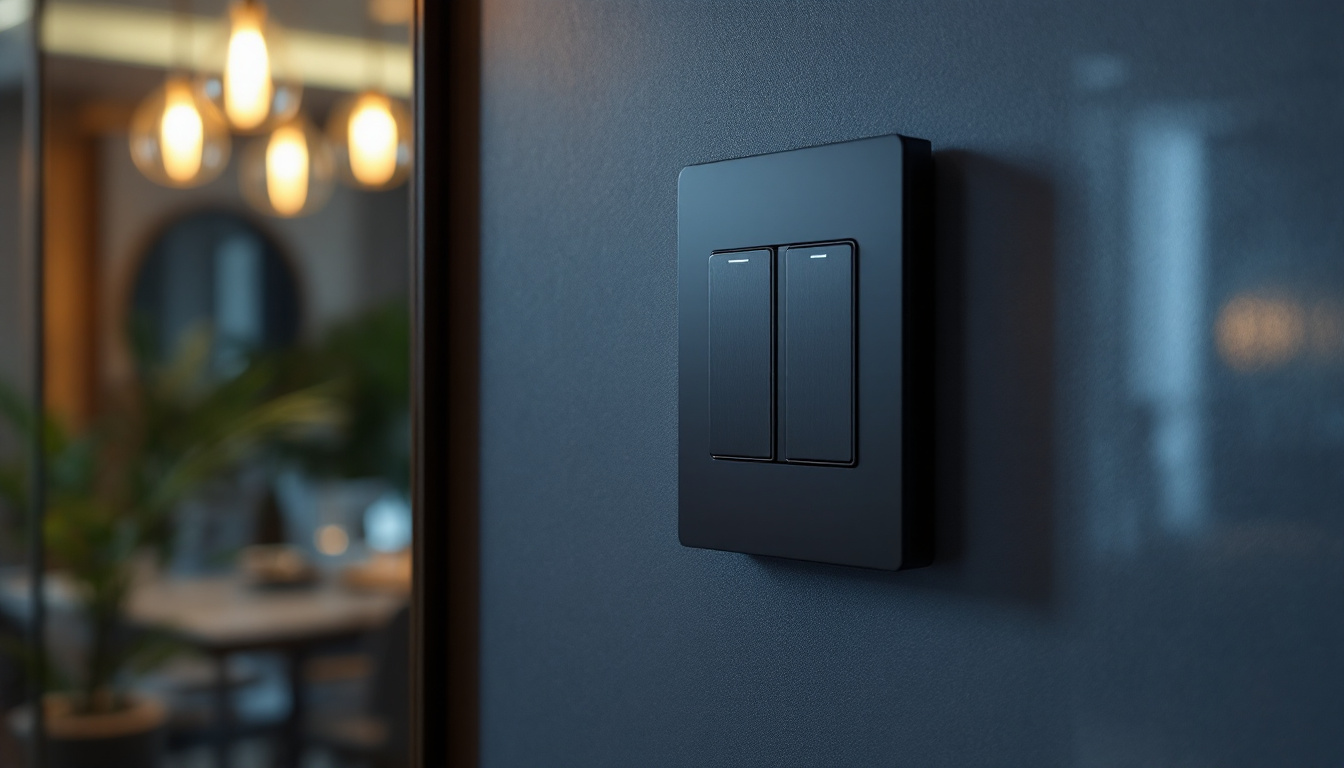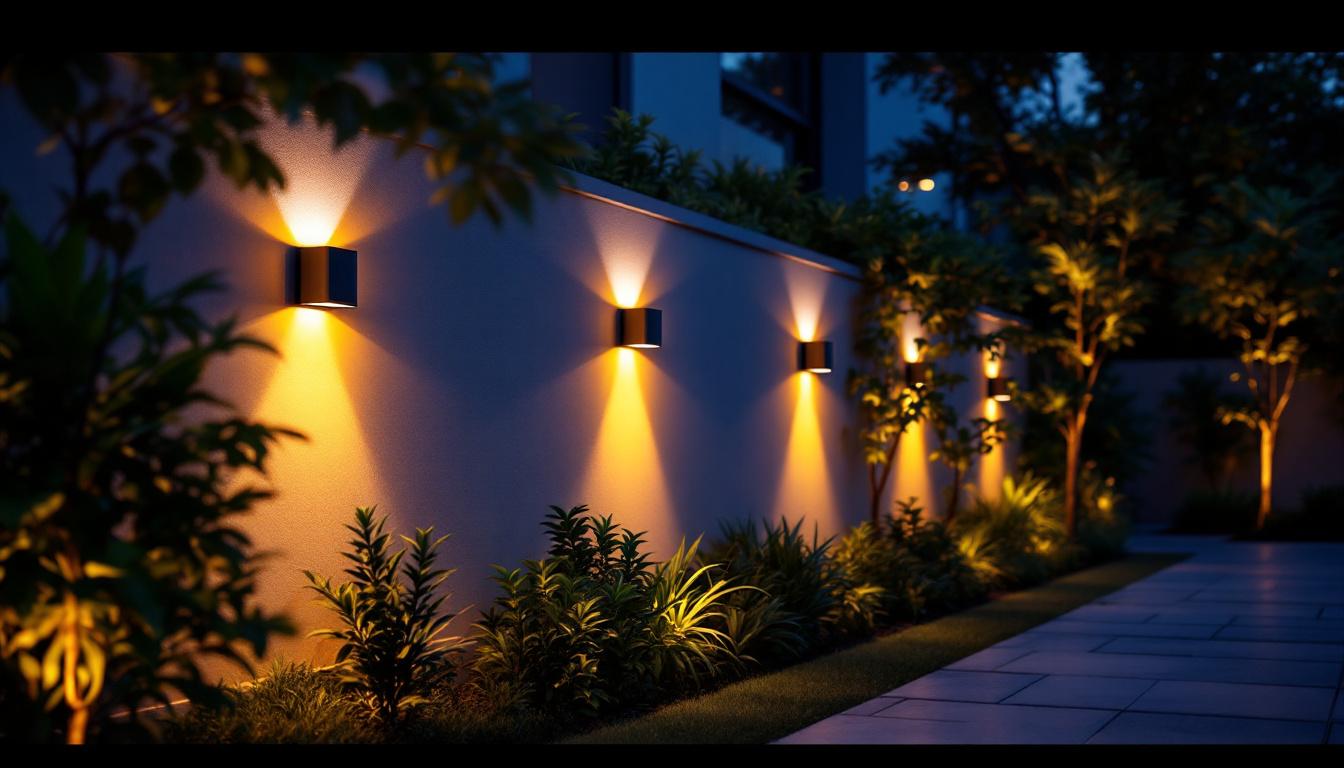
electric switches: The Missing Piece in Many Lighting Projects
In the realm of lighting projects, the focus often gravitates towards fixtures, bulbs, and energy efficiency. However, one crucial component frequently overlooked is the electric switch. While it may seem like a minor detail, the choice of switch can significantly impact both the functionality and aesthetics of a lighting design. This article delves into the importance of electric switches in lighting projects, exploring their various types, applications, and the benefits they bring to contractors and clients alike.
Electric switches are essential for controlling lighting systems. They act as the interface between the user and the electrical circuit, allowing for the operation of lights in a convenient and efficient manner. Despite their simplicity, the right switch can enhance user experience, improve energy efficiency, and contribute to the overall design of a space.
There are several types of electric switches available, each designed for specific applications and user preferences. Understanding these types can help contractors make informed decisions that align with their project goals.
Toggle switches are perhaps the most common type of switch found in residential and commercial settings. They feature a lever that toggles between the ‘on’ and ‘off’ positions. Their straightforward design makes them user-friendly, and they are available in various styles and finishes to match different decor themes. Additionally, toggle switches can be found in single-pole and three-way configurations, allowing for versatile installation in various locations, such as hallways or staircases where multiple switches control the same light fixture.
Dimmers allow users to adjust the brightness of lights, providing flexibility in lighting design. They are particularly beneficial in settings where ambiance is important, such as dining rooms or theaters. By incorporating dimmers, contractors can enhance the functionality of lighting systems while also promoting energy savings. Furthermore, modern dimmers offer features like fade-on and fade-off capabilities, which create a more gradual transition in lighting, reducing the harshness of sudden changes and contributing to a more comfortable environment.
With the rise of smart home technology, smart switches have gained popularity. These switches can be controlled remotely via smartphones or voice-activated devices, offering convenience and advanced features such as scheduling and energy monitoring. For lighting contractors, integrating smart switches into projects can elevate the appeal of their work to tech-savvy clients. Moreover, many smart switches are compatible with home automation systems, allowing for seamless integration with other smart devices, such as security systems and smart thermostats, creating a cohesive and efficient home environment.
Push button switches offer another alternative for controlling lighting, often seen in commercial settings or modern residential designs. These switches operate by simply pressing a button, making them ideal for high-traffic areas where quick access is necessary. They can be designed for momentary or maintained action, providing flexibility depending on the application. Furthermore, push button switches can be equipped with LED indicators, allowing users to easily see the status of the light from a distance, which is particularly useful in larger spaces or dimly lit areas.
Rocker switches, characterized by their flat, rectangular design that rocks back and forth to turn lights on or off, are another popular choice in both residential and commercial applications. Their sleek appearance makes them a stylish option for modern interiors, and they are often available in a variety of colors and finishes to complement any decor. Rocker switches can also be designed to control multiple circuits, making them a practical choice for managing lighting in larger rooms or open-concept spaces where multiple light sources are needed.
While the type of switch is significant, the placement of switches is equally critical. Proper placement ensures that users can easily access and operate lighting controls, enhancing the overall user experience.
When planning a lighting project, consider the layout of the space and the natural flow of movement. Switches should be positioned near entrances and exits, allowing users to turn lights on and off without having to navigate through dark areas. Additionally, placing switches at a height that is accessible to all users, including children and individuals with disabilities, is essential for inclusivity.
In larger spaces, such as open-concept homes or commercial buildings, multiple switches may be necessary to control different lighting zones. This approach not only enhances convenience but also allows for more tailored lighting solutions. For instance, a contractor might install separate switches for ambient, task, and accent lighting, enabling users to create the desired atmosphere for various activities.
In addition to functionality, the aesthetic appeal of electric switches should not be underestimated. The right switch can complement the overall design of a space, adding to its visual appeal.
Electric switches come in a variety of materials, including plastic, metal, and wood. Each material offers a unique look and feel, allowing contractors to select switches that align with the design vision of the project. For example, a sleek metal switch may be ideal for a modern space, while a wooden switch could enhance the warmth of a rustic setting.
The color and finish of switches can also play a significant role in their integration into a room’s decor. Neutral colors tend to blend seamlessly with walls, while bold colors can serve as statement pieces. Additionally, finishes such as matte, glossy, or brushed can further enhance the overall aesthetic, providing contractors with numerous options to consider.
As energy efficiency becomes a priority in lighting design, the role of electric switches in promoting sustainability cannot be overlooked. The right switches can contribute to reduced energy consumption and lower utility bills.
Dimmers are a prime example of how electric switches can enhance energy efficiency. By allowing users to adjust light levels, dimmers reduce energy usage when full brightness is unnecessary. This capability not only saves money but also extends the lifespan of light bulbs, further contributing to sustainability efforts.
Smart switches take energy efficiency a step further by providing users with real-time data on their energy consumption. Many smart switches come equipped with features that allow users to monitor usage patterns and adjust settings accordingly. This level of insight empowers users to make informed decisions about their energy consumption, ultimately leading to greater sustainability.
As homes become increasingly automated, the integration of electric switches with home automation systems is becoming more prevalent. This trend offers numerous benefits for contractors and clients alike.
Integrating electric switches with home automation systems allows for seamless control of lighting alongside other smart devices. Users can manage their lighting, heating, and security systems from a single interface, enhancing convenience and user experience. This integration can be a significant selling point for contractors, as clients often seek comprehensive solutions that simplify their lives.
Smart switches can also enhance security by allowing users to control their lighting remotely. For instance, homeowners can program lights to turn on and off at specific times, creating the illusion of occupancy while they are away. This feature not only deters potential intruders but also provides peace of mind for homeowners.
Despite the importance of electric switches, contractors may encounter several challenges when selecting the right options for their projects. Understanding these challenges can help in making informed decisions.
One common challenge is ensuring compatibility between switches and existing wiring or lighting systems. Not all switches work with every type of bulb or fixture, so it is crucial for contractors to verify compatibility before making a selection. This diligence can prevent costly mistakes and ensure a smooth installation process.
Another challenge is navigating client preferences. Clients may have specific ideas about the type of switches they want, which may not always align with the best functional or aesthetic choices. Contractors must balance client desires with practical considerations, providing guidance and recommendations to achieve the best outcome.
The landscape of electric switches is continually evolving, with new technologies and trends emerging. Staying informed about these trends can help contractors remain competitive and offer cutting-edge solutions to clients.
Voice-activated controls are becoming increasingly popular, allowing users to operate their lighting systems hands-free. This trend aligns with the growing demand for convenience and accessibility in smart home technology. Contractors who incorporate voice-activated switches into their projects can attract clients looking for modern, user-friendly solutions.
Another exciting development is the emergence of energy harvesting switches. These innovative switches generate power from the energy produced by pressing them, eliminating the need for batteries or external power sources. This technology not only promotes sustainability but also offers a unique selling point for contractors looking to differentiate their offerings.
Electric switches may seem like a small detail in the grand scheme of lighting projects, but their impact is far-reaching. From enhancing user experience and energy efficiency to contributing to the overall aesthetic of a space, the right switch can make all the difference. As the industry continues to evolve, staying informed about the latest trends and technologies will empower contractors to deliver exceptional lighting solutions that meet the needs of their clients. By recognizing the importance of electric switches, lighting contractors can elevate their projects and ensure lasting satisfaction for their clients.
Ready to enhance your lighting projects with the perfect electric switches? At LumenWholesale, we offer an extensive selection of top-quality, spec-grade lighting products that will elevate your work to the next level. Say goodbye to inflated markups and hello to unbeatable wholesale prices, reliable performance, and the convenience of free shipping on bulk orders. Don’t compromise on quality or value. Wholesale Lighting at the Best Value is just a click away. Make the switch to LumenWholesale today and light up your projects with confidence.

Discover how motion sensor floor lights boost efficiency, safety, and client satisfaction for lighting contractors.

Discover how external solar-powered wall lights can revolutionize your lighting projects and help you secure more contracts.

Discover how choosing the right lightbulb bases can enhance efficiency and reduce costs for lighting contractors.

Discover how the right lighting can transform your home gym experience.